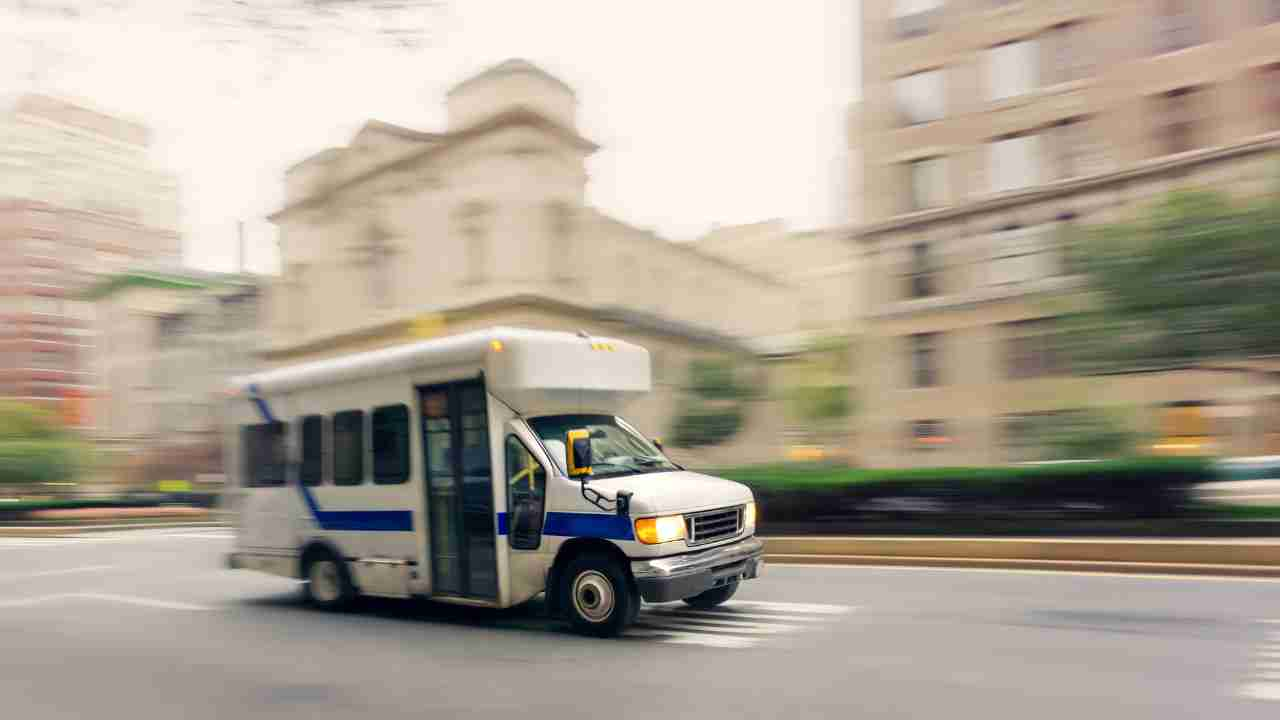What Makes Paratransit Different from Other Transport Services?

Paratransit services play a vital role in ensuring mobility for individuals who cannot use traditional public transportation due to physical, cognitive, or other disabilities. While it shares similarities with other transportation options, paratransit is uniquely tailored to meet specific accessibility needs. This article explores the distinctive aspects of paratransit, highlighting the features that set it apart from standard transport services and the organizations supporting its implementation.
Tailored Accessibility Features
Door-to-Door Service
Unlike standard transportation services that operate along fixed routes, paratransit offers door-to-door or curb-to-curb service. This feature ensures that passengers with mobility challenges receive personalized support, from pickup at their location to drop-off at their destination.
Organizations like MV Transportation (https://www.mvtransit.com/) specialize in operating paratransit systems across the United States, providing highly customized services that prioritize accessibility and reliability.
ADA-Compliant Vehicles
Paratransit vehicles are designed to comply with the Americans with Disabilities Act (ADA), ensuring they are equipped with wheelchair lifts, ramps, and securement devices. Companies like BraunAbility (https://www.braunability.com/) provide vehicles that meet these rigorous standards, offering safety and comfort for passengers with disabilities.
Specialized Driver Training
Assistance Skills
Paratransit drivers are trained to assist passengers with diverse needs, including helping individuals with boarding, securement, and navigation. This training goes beyond what is typically required for standard transport services.
Programs like the National Safety Council’s Defensive Driving Course (https://www.nsc.org/) and PASS (Passenger Assistance Safety and Sensitivity) Certification provided by CTAA (Community Transportation Association of America) (https://www.ctaa.org/) ensure drivers are prepared to handle a wide range of passenger requirements.
Emergency Response Training
Paratransit drivers often receive additional training in emergency response, including first aid and CPR certification. These skills enable drivers to act swiftly in medical emergencies, providing an extra layer of safety for passengers. Certification programs offered by the American Red Cross (https://www.redcross.org/) are commonly utilized.
Reservation-Based Operations
Scheduled Rides
Unlike standard public transportation, which typically operates on fixed schedules, paratransit services are reservation-based. Passengers must book their rides in advance, allowing for customized scheduling tailored to their specific needs.
Flexible Routing
Paratransit services use dynamic routing to accommodate multiple passengers while minimizing travel time. This flexibility ensures that even those living in remote areas can access the transportation they need. Companies like MTM, Inc. (https://www.mtm-inc.net/) help design and manage paratransit systems with efficient routing capabilities.
Funding and Subsidization
Government Support
Paratransit services often rely on federal and state funding to remain affordable for users. Programs like the Federal Transit Administration’s Section 5310 (https://www.transit.dot.gov/) provide grants to enhance mobility for seniors and individuals with disabilities.
Non-Profit Partnerships
Many paratransit systems collaborate with non-profit organizations to expand service coverage and reduce costs. For instance, Easterseals (https://www.easterseals.com/) partners with local transit authorities to improve access for individuals with disabilities.
Compliance with Legal Standards
ADA Requirements
Paratransit services are mandated by the ADA to provide comparable transportation for individuals unable to use fixed-route systems. This includes ensuring vehicles, drivers, and operations adhere to strict accessibility standards. Visit the ADA National Network (https://adata.org/) for comprehensive resources on compliance.
Local Regulations
In addition to federal requirements, paratransit services must comply with state and local regulations, which can vary significantly. Transit authorities like the New York City Metropolitan Transportation Authority (MTA) (https://new.mta.info/) enforce region-specific standards for paratransit operations.
Paratransit services distinguish themselves from standard transportation options through their tailored accessibility features, specialized driver training, reservation-based operations, and compliance with legal standards. By addressing the unique needs of individuals with disabilities, these services provide essential mobility solutions that promote independence and inclusivity. Organizations and companies dedicated to advancing paratransit ensure these vital systems continue to evolve and meet the diverse needs of their users.
Ready to unlock the potential of smarter transportation planning? Book your demo now and explore how our scheduling software can elevate your operations.
ABOUT THE AUTHOR
MIKE B.
Mike is a seasoned transportation consultant and technology advocate. Drawing from years of experience in the transportation industry, Mike bridges the gap between innovative software solutions and practical implementation strategies. His articles focus on the transformative power of software for organizations that deliver transportation options for the elderly, special needs and disabled communities. Outside his writing endeavors, Mike enjoys exploring the landscapes of Costa Rica and advocating for sustainable transportation initiatives.
Recent Comments